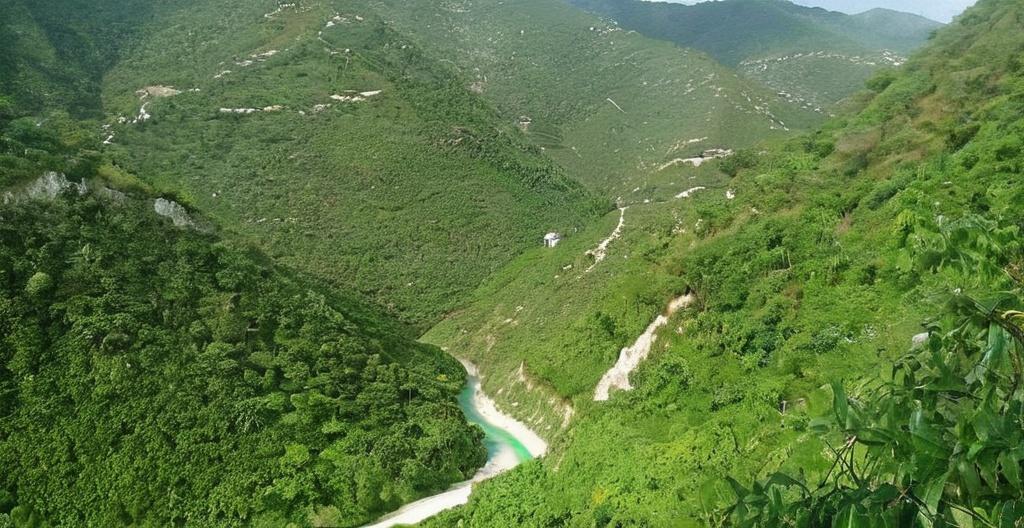Key Take Aways About Internet and Wi-Fi access
- Haiti faces connectivity challenges due to economic factors and natural disasters.
- Urban areas have better internet, primarily using fiber optics, ADSL, and satellite, while rural areas rely on mobile data.
- Wi-Fi quality is inconsistent, often affected by power outages.
- Mobile Internet is popular but expensive; 4G LTE is common in cities, less so in rural areas.
- For travelers, local SIM cards and offline maps are advised.
- Internet safety includes using VPNs and cautious online behavior.
- Efforts are underway to improve internet infrastructure through investment in fiber optics and broader 4G coverage.

Internet Infrastructure in Haiti
Haiti, with its rich culture and history, is not necessarily known for top-tier internet infrastructure. A myriad of challenges such as natural disasters and economic constraints play a significant role in shaping the country’s connectivity status. However, the need and demand for internet access keep rising as people look to stay informed and connected.
The majority of internet connections are found in the country’s urban centers like Port-au-Prince and Cap-Haïtien. Fiber optic connections are available but remain limited, primarily serving businesses and affluent neighborhoods. For most people, ADSL and satellite connections are the primary options, though they are known for being less reliable and often slower. In rural areas, internet access is sparse, with connectivity gaps often filled by mobile data networks.
Wi-Fi Access in Haiti
Wi-Fi availability in Haiti can be hit or miss. Urban areas have more consistent access, especially in places like hotels, cafes, and restaurants catering to tourists and expatriates. However, the quality and speed of Wi-Fi can fluctuate dramatically. One minute you’re streaming videos; the next, you’re waiting for a simple webpage to load. Many businesses and homes rely on generators due to frequent power outages, and Wi-Fi networks are often affected by these interruptions.
In rural settings, Wi-Fi is less common, often requiring local ingenuity to establish even basic connectivity. Community initiatives sometimes pave the way for shared internet facilities, but they’re far from widespread.
Mobile Internet and Data
Mobile internet has emerged as the main form of connectivity for many Haitians, providing a lifeline to the digital world. Major telecom providers like Digicel and Natcom dominate the market. They offer various plans and packages with prepaid options being the most popular. Data prices, however, can be prohibitive for the average Haitian, with costs running higher than in many other parts of the region.
The quality of mobile internet varies widely. In city centers, 4G LTE connections are reasonably widespread, but as you move into more remote areas, you might find yourself squinting at the dreaded ‘E’ icon or, worse, no signal at all.
Importance for Travelers
For travelers in Haiti, staying connected is a game of strategy and luck. It’s a good idea to purchase a local SIM card shortly after arrival to ensure some level of internet access. Many hotels offer complimentary Wi-Fi services, but as mentioned, reliability can be an issue. Downloading essential maps and guides beforehand or using offline modes is advisable.
When exploring rural areas or going off the beaten path, having a local contact or guide can be beneficial not just for connectivity, but also for navigating languages and cultural norms. Additionally, travelers should be prepared for potential communication blackouts, especially during extreme weather conditions.
Internet Safety Tips
Online safety is just as crucial in Haiti as anywhere else. Public Wi-Fi networks can be a goldmine for hackers, so using a VPN is highly recommended. Be cautious about sharing personal information online or through unsecured networks.
Regularly updating your devices’ software and security settings can also enhance protection against cyber threats. Be mindful of what you download and always double-check URLs and domains before entering sensitive information.
Future Prospects
There’s a concerted effort by both governmental and non-governmental organizations to improve Haiti’s internet infrastructure. Increased investments in fiber optics and broader 4G coverage are gradually coming into the fold. While these improvements won’t happen overnight, they offer a glimmer of progress in the ever-important sphere of connectivity.
For now, those living in or traveling to Haiti must navigate the often-unpredictable internet landscape with patience and a bit of flexibility. With ongoing development, the hope is that internet access in Haiti will become more reliable and widespread, making it easier for everyone to stay connected.
